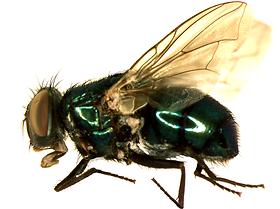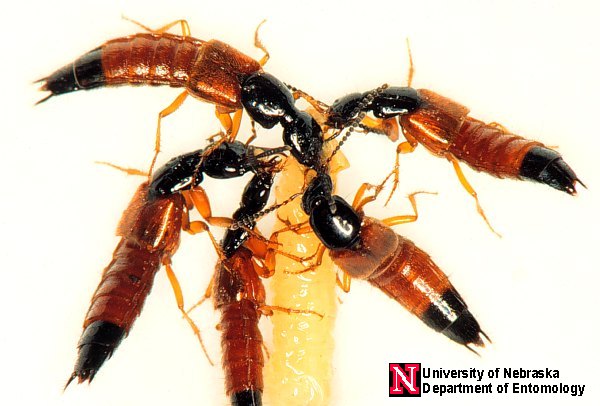Livor mortis is the process whereby blood settles in the lower parts of the body. It is also known as postmortem lividity and is a sign of death. This process results in a purple-red discoloration. As the heart no longer pumps blood to the body, red blood cells, due to gravity, will sink through the blood plasma without clotting factors, also known as serum. The amount of reduced haemoglobin affects how dark the blood is. However, this process does not take place in the areas with contact with the objects or the ground as the capillaries are pressed against. During decomposition, blood would seep through the vessel wall as they become permeable. Thus, staining the tissues. This is why blood accumulates in a specific part of the body due to poor circulation(hypostasis).
Livor Mortis
Livor mortis begins between twenty minutes and three hours after death. During this time, the skin of the body would be blotchy. The blood changes from a fluid to a solid or rigid state in the capillaries four to five hours after death. After five or six hours, the skin would turn white when touched even though the blotches have joined up. Between six and twelve hours, livor mortis is at its maximum. After ten or twelve hours, the skin would be blue whether it is pressed or not. The blood gathers at the interstitial tissues.
Blood
pooling
The
presence or absence of livor mortis can act as a way of determining the time of
death. Although it would appear like bruises, experts would be able to tell if
it was a discoloration. Also, the discoloration reacts with poison. For
example, the skin turns cherry pink if carbon monoxide was added. If
they find out that livor mortis is present, it suggests that beginning or
continuing CPR would be ineffective. Also, this process helps to indicate if a
body had been moved. For example, if a body was facing down when found while
the blood is accumulating at the back, it would show that the body was facing
up at first.
Pallor Mortis
Pallor mortis is an earlier stage of livor mortis and it occurs
almost right after death. The corpse's skin would begin to turn pale as there
is no blood circulating in the body anymore. Thus, the blood in the body would
sink to the part of the body nearest the surface due to gravity.






